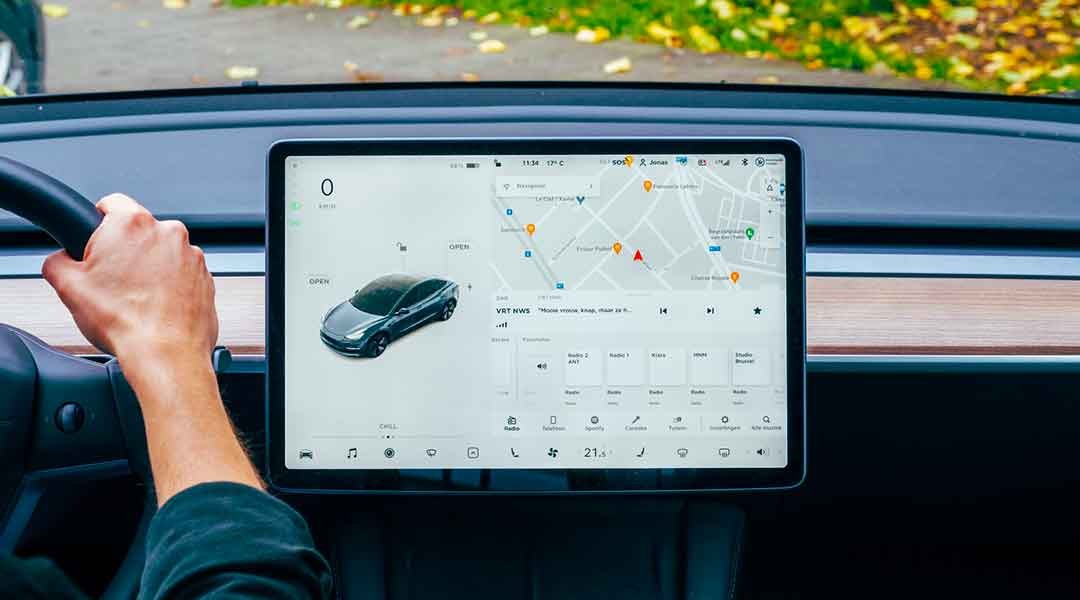
Mapping the Future: Autonomous Cars
What comes to mind when you think of the future? Flying cars? Teleportation? For many, the idea of autonomous cars is equally as fascinating. And for a good reason – autonomous vehicles are set to change the way we travel and conduct business. But what are they, exactly? How do they work? And why are they such a big deal? We will explore all of those questions and more.
Autonomous cars are, quite simply, vehicles that are capable of operating without a human driver. They use many onboard technologies to understand the world around them as they travel on public roads. This includes everything from GPS and mapping data to lidar (a remote sensing technology that uses laser pulses to map an area) and cameras.
One of the most important things that set autonomous cars apart from traditional vehicles is their ability to constantly monitor and adjust their speed, lane position, and following distance. Allowing them to react quickly and safely to changing road conditions is something that human drivers cannot always do.
Autonomous cars are also able to communicate with each other and with infrastructure like traffic lights and stop signs. This allows them to coordinate their movements and avoid potential accidents.
One of the most important things that autonomous cars need to be able to do is identify objects, which is essential for avoiding accidents. To do this, they use a technology called computer vision; this involves using algorithms to interpret the data collected by the car’s cameras and sensors.
Autonomous cars are changing the way we look at cars and redefining future travel. They have the potential to make our roads safer, reduce congestion and pollution, and even transform the way we live and work. For luxury lifestyle enthusiasts, autonomous cars offer a new level of convenience and comfort. For businesses, they provide a new way to move goods and people around efficiently.
So what does all of this mean for the future of transportation? Well, there are a few things that we can expect:
- Fewer accidents: With autonomous cars constantly monitoring their surroundings and adjusting their speed accordingly, we can expect to see a significant decrease in the number of accidents on our roads.
- Less traffic: One of the biggest advantages of autonomous cars is that they can communicate with each other and coordinate their movements. This means that there will be less need for traditional traffic control methods like stop-and-go traffic lights.
- More free time: Since you won’t have to focus on driving, you’ll be able to use your commute time for things like reading, working, or even sleeping!
- Reduced congestion: Autonomous cars will also help to reduce congestion on our roads. This is because they can travel closer together than traditional vehicles, without fear of collision.
There’s no doubt that autonomous cars are set to change the way we travel. While there are still some challenges that need to be addressed, the future of transportation is looking very bright indeed.
